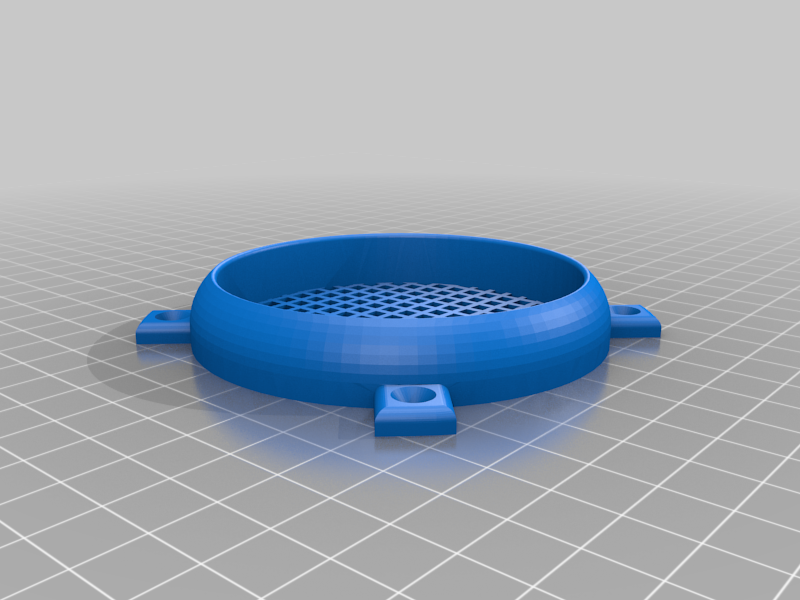
Honey Bee Feeder
thingiverse
This honey bee feeder provides sturdy top feeding solution for liquid food. Mason jar is flipped above the inner cover. Food flows from top on inner cover to bees below. Medium box and cover go around / over the feeders to prevent unwanted outside interest in the food. This also allows for easy swapping later (no direct contact with the bees to reduce stings!). This is great solution that it can scale as feeding is needed throughout the season. Feed with 5+ mason jars or only 1 to save you time and keep the bees happy. I designed this to work with Ball Mason Jars (Wide or Standard, [Little Giant Beehive Inner Cover](https://www.farmandfleet.com/products/1032953-little-giant-beehive-inner-cover.html), and [McMaster-Carr 90137A429 Push Rivets](https://www.mcmaster.com/90137A429). Step 1: Print all desired parts. I recommend to print the template first. Template can be used to print quickly and to serve as a drill hole template so you can work on inner cover modifications while the actual feeders are printing. Step 2: Use template to mark up where to drill holes in the inner cover Holes in the template are sized the same as the holes in the feeder. These mounting holes are slightly oversized to allow some side to side play / imperfections in the hole location. It is recommended to make the mounting holes in the top cover (drill through wood) slightly smaller. 3/16" hole is recommended in the wood by McMaster for the 90137A429 push rivet. I used 2 1/2" hole saw for the hole feeder drips through, but larger or smaller could be used. Step 3: Paint the inner cover if desired. Step 4: Align the feeders to the hole, drop a push rivet into each of the four mounting holes, then give it a whack with a small hammer or other poundy like device. During this step you will want to pay special attention to the slot in the inner cover which allows bees access. I placed the feeders on the same side as the slot so the bees could not use this as an entrance / exit - but your decision may be different. If you do not want the bees using this as an exit, you may want to block the hole with putty, etc.. later to prevent bees from entering the feeder box later (they won't be able to access the feeder so it will just be a nuisance when you go to refill the feeders if bees are inside the feeder box. Step 5: Grab your mason jar lids and a nail, screw , drill bit, etc.. something to make a small hole that the food can drop through. Put several small holes in the lid. The only real rule here is to not put any holes outside the diameter of hole drilled into the inner cover. If the diameter of the liquid dripping is larger than the diameter of hole in the wood, then you're going to have continuously wet wood - not a good thing. Fill your mason jar with food, screw the lids with holes on. Step 6: Hive assembly time! Put the inner cover on top of your hive just as it's normally intended. Then put a medium box on top. Then drop some mason jars in with food. Then put your cover on. You're all done! Top cover can be easily removed for inspection of food status. Feeder box should stay relatively free of bees since feeder contains screen to prevent bees from coming up into feeder box. This makes chances of squashing bees very small during refill time. It also reduces risk of angry bees stinging you since you can approach hive from back - bees stay very peaceful! This is intended for spring / summer / fall feeding along with good practices to prevent robbing. Liquid feed should not be used in cold weather. I typically leave center hole (pre-drilled oval) open for air flow. However I still install mesh over hole to prevent bees from entering feeding box. When using liquid feeder above hive keeping the hive level if very important to prevent liquid from constantly dripping into hive. In case of dripping, I like to put feeders at corners since this is less populated areas in my hives.
With this file you will be able to print Honey Bee Feeder with your 3D printer. Click on the button and save the file on your computer to work, edit or customize your design. You can also find more 3D designs for printers on Honey Bee Feeder.
